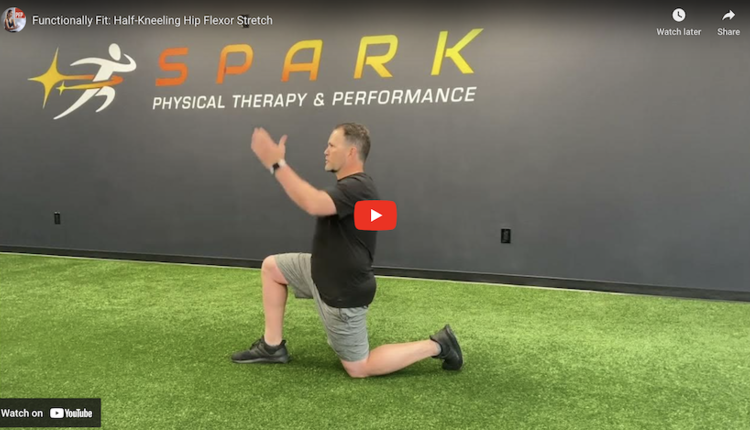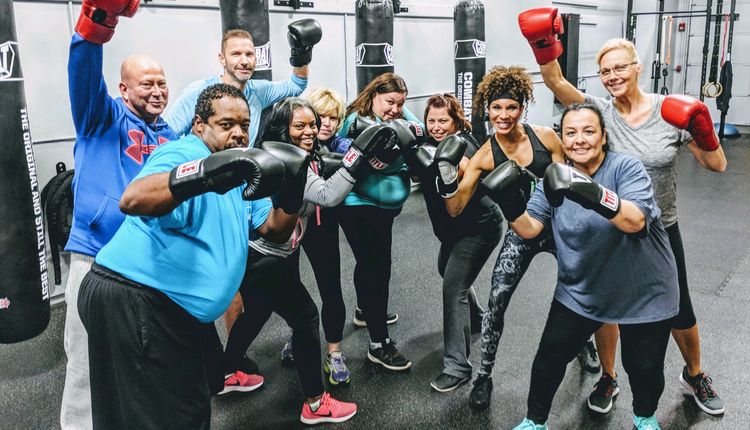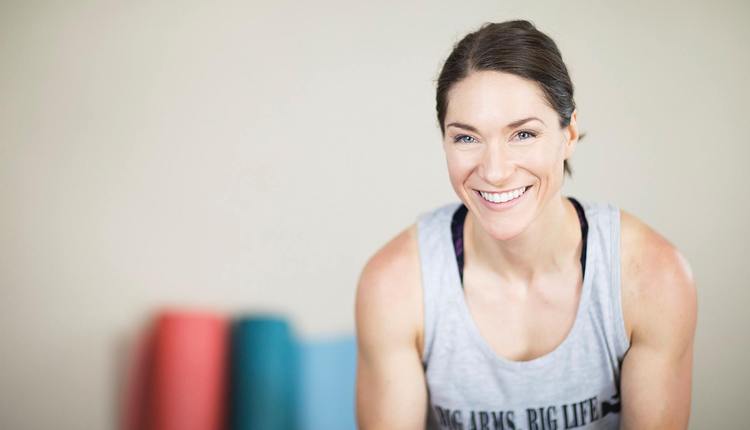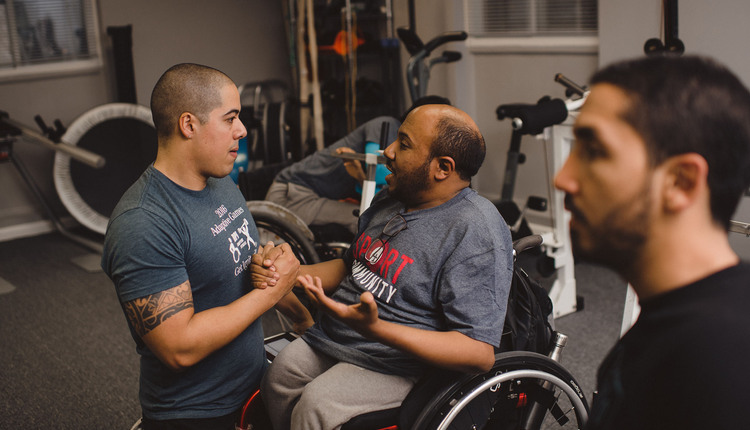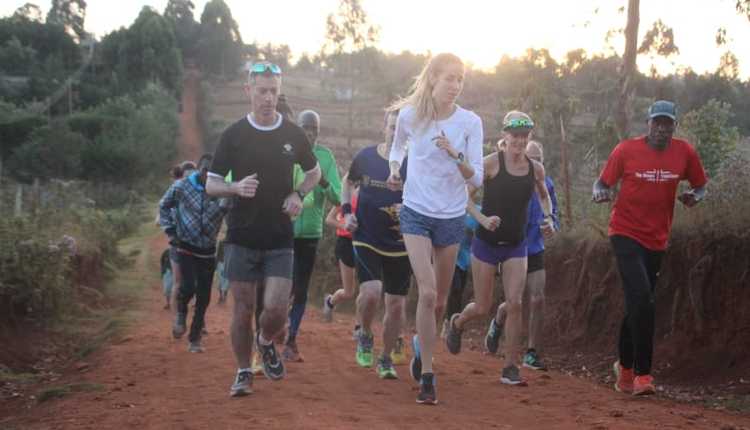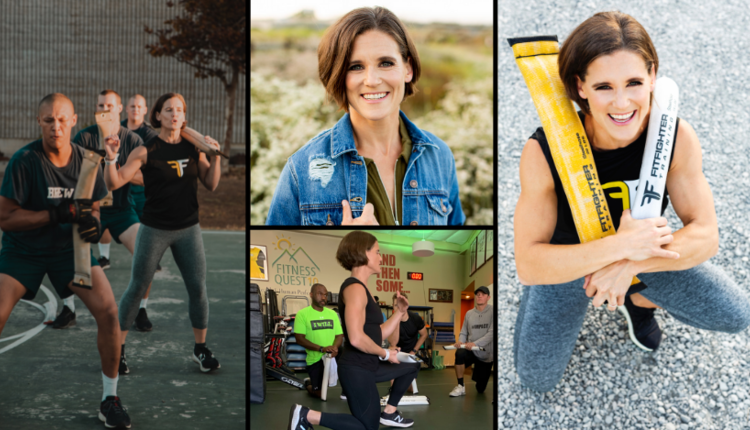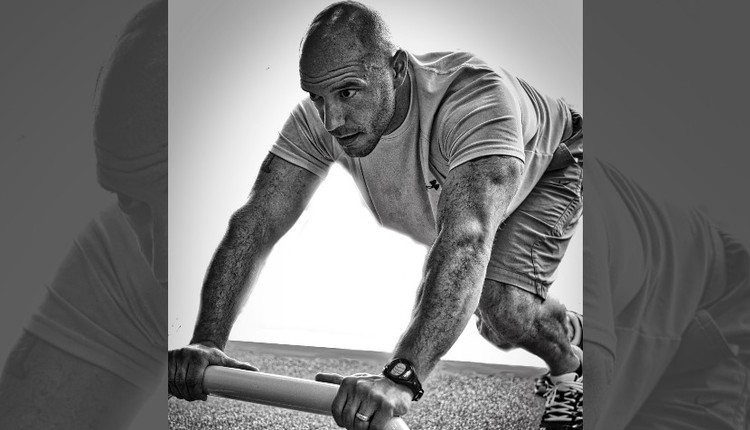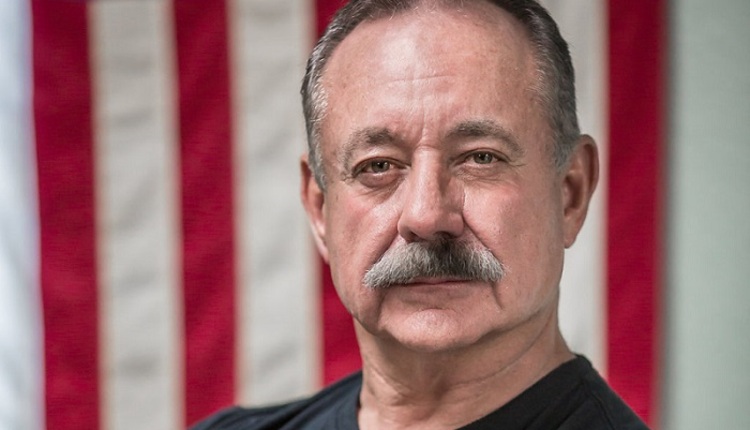
Director of Human Performance, U.S. Army, Fort Bliss
USA Weightlifting coach (men’s and women’s)
NSCA Facilitator of the Year award winner
Decorated Olympic weightlifter
Published researcher
3-time book author
University faculty
Industry educator
Business owner
Innovator
Leader
This impressive list – though not nearly complete – is a just snapshot of the more public accomplishments of a man who never asks for the spotlight; insists that he not be referred to as “Doctor” or annotated with the many credentials he’s earned; and who humbly accepts recognition simply as a testament of the love he has of his work. Doug Briggs is the epitome of a humble man who has made it his lifelong quest to seek greater opportunities to learn, impact and inspire through fitness, education and innovation.
For the better part of the last 40 years, during which the fitness industry has virtually grown from its infancy to what we know it to be today, Doug Briggs has refused to be a passive bystander. Instead, he has been, and continues to be, actively committed to raising the bar of the profession’s norms, standards and expectations.
As PFP celebrates our 20-year anniversary, we thought it would be fitting to share with you Doug’s first-hand insight into his journey to success over the last 20-plus years, and what opportunities he believes hold potential and possibility for fitness professionals today.
LV: If you were starting your fitness career today, would you approach your career differently than you did 20 years ago?
DB: Yes and no. I would major in exercise science, human performance or a similar subject first, yet at the same time be a competitive athlete whether at college or competing in athletic events in the private sector. It is truly my belief that the best trainers have been athletes first and have an understanding of the human body and how it works biomechanically, nutritionally, and when injured including recovery.
LV: How would you describe the role of education for today’s fitness professional versus 20 years ago?
DB: Required. Education is the foundation for everything we do and understanding exercise and its application to the human body has changed dramatically with the research that has been conducted in the past 20 years. It is ever-changing and evolving, and we are becoming better at what we do all the time. Educational opportunities abound from great organizations and presenters; the key is spending your money wisely and tailoring it to your needs. Constantly expand your horizons. Get a bachelor’s degree, a master’s degree and a Ph.D.
LV: What do you see as the greatest opportunity for fitness professionals today?
DB: Carving out a niche and being the best at it. There are too many areas from personal training, to weight loss, to athletic performance to be good at them all. Find and develop the area you are best at and market yourself in that area. Once you have figured out and established yourself in that area, stay in your lane and learn to network with other professionals. Establish business relationships and promote yourself and your business. Don’t try to be everything to everyone.
LV: What do you believe are the typical blind spots that hinder fitness professionals?
DB: Being too generalized in personal training and not specialized. Too many personal trainers do a two-day certification and think they are “experts.” I have been doing this for approximately 40 years, have advanced degrees, published research, world-class athletic experience, proven success with professional athletes to everyday clients, and I don’t consider myself an expert. I learn something new every day.
LV: At what point did you realize that you wanted to commit your professional focus to where it is today?
DB: My first actual position in the fitness industry was as a salesman for Pumping Iron Gym in Tempe, Arizona while I was a student at Arizona State University (ASU) in the ’70s. Pumping Iron Gym was an old-school gym in that a lot of the equipment was homemade and it was small, old, dirty, and overcrowded with equipment and lifters. There were no male and female locker rooms, only a changing area in the back of the gym through two swinging doors. It was located on Mill Avenue and didn’t have any air conditioning except a floor fan. Often times when we trained, the temperatures in the gym were close to 100 degrees. The gym was very similar to many of the gyms seen in the movie “Pumping Iron.” My first training partners came from this gym: Andy Francis, Bob Mauer, Mark Goodman and inspiration from John DeFendis, Mr. USA Runner-up 1979, and Mr. USA 1988.
It was here that I realized what a positive influence a person can have on others as related to health. Coupling this experience of training with what I knew from growing-up with Jack LaLanne television workouts that my mother did, my thirst for knowledge in this new industry took off. I sold 35 gym memberships to a fraternity at ASU and immersed myself in everything fitness. This was a period of rapid growth for fitness and weight-training sports including diets and the use of supplements. Research was being done at major universities. It was a very exciting and dynamic time with bodybuilding shows almost every weekend in every city in the U.S.
The “bro-science” approach was what channeled my interest to universities and hard science and through this I developed an appreciation for factual information. From my start as a salesman in the industry to a trainer at Arizona Athletic Club to the owner of a nutrition company and then a gym and ultimately teaching at a major university and directing the program for training soldiers and civilians at Fort Bliss, it has been a life of learning, application, and teaching others. I have been very fortunate as not only do I have the book-knowledge and three published books, but I have been able to apply that knowledge to my own competitive career and that of others in their quest for health and happiness through diet, exercise, and lifestyle. Education, practical knowledge, communication skills and the ability to relate to others are the keys.
LV: What are your predictions for the next 20 years of fitness?
DB: In the next 20 years, the industry will change to focus on reversing the damage that is being done by sitting and using electronics constantly. This will create a niche market focusing on all age groups from the young to the elderly and those that are injured. Rebuilding the body from the ground up will be popular as we return to the basics.
Another change will be fewer cross-training facilities dotting the landscape. This concept will be incorporated into the larger gyms and health clubs for a much smaller membership fee. The large clubs will become more inclusive and offer more of the niche-type training that is currently seen on every street corner. This will include more easy-to-use entertainment-based training and virtual reality coupled with the tried-and-true weight training. I don’t see much change in weight training equipment per se as this area is tapped out currently.
It would be great to see more in-house corporate fitness programs where the corporation actually employs faculty and staff to conduct their fitness program. The cost to run our civilian employee fitness program is about $150 per employee for the six-month class. This includes the staff, classroom sessions, pre- and post-assessments, incentives and so forth. For that $150 investment, the employer typically sees a $2,500 a year savings in health-related cost, absenteeism, and productivity.
The last trend I see is a much more competent staff in clubs. Clients and members are becoming more educated and savvy, and will become more demanding because of this, which in turn will force health clubs and the industry as a whole to hire and promote more educated, qualified, experienced individuals. This will raise the bar for the whole industry and the return will be great because we will see our clients and members have better results and our trainers and staff will have greater incomes and job satisfaction.
Thank you, Doug, for your commitment to this great industry. May we all be inspired to follow your lead and be champions of the highest standard so we can continue to be the catalyst for meaningful change.



